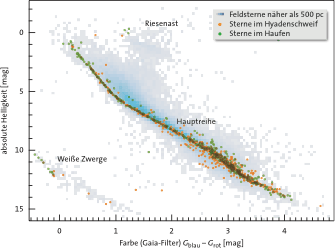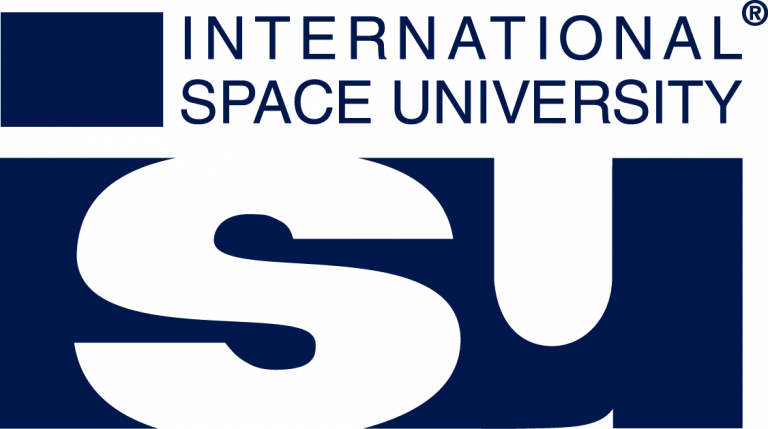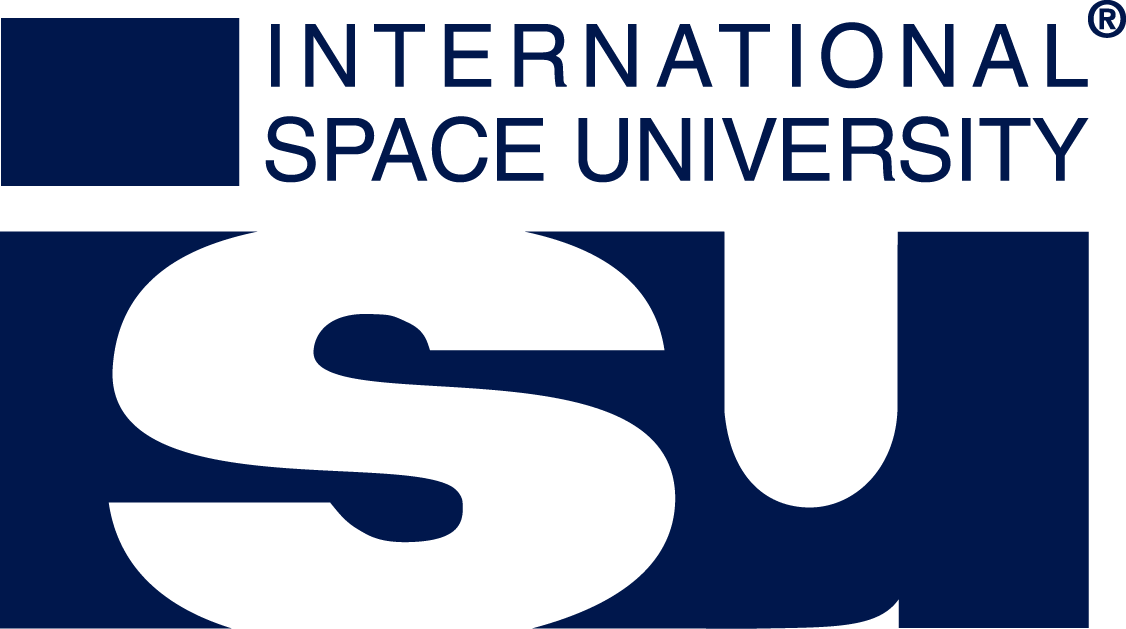Research
The resident faculty at ISU are engaged in a variety of research programs, from social and economic research to the preparation of deep space exploration to the study of the Universe.
Policy: International Cooporation
Lorum ipsum
Physiology and pharmacology in space
Virginia Wötring’s research interests include examining the changes in physiology and pharmacology that occur in the confined, closed, microgravity, elevated radiation environment of a space mission. A recent research project was conducted onboard the International Space Station orbiting 350 km above the Earth: collection of medication use data directly from crewmembers during space flight missions. Other projects include studying women’s health treatments during spaceflight missions, and examination of genes and proteins altered when organisms live in a spaceflight environment.
Right on Central Campus, new studies that examined the effects of spaceflight analog environments on regeneration, wound healing and growth in simple model organisms began in the Space Life Sciences Laboratory. These studies will range from the molecular level to whole animal behavior and include a wide variety of techniques and collaborations.
Selected recent publications:
Jain, V.; Ploutz-Snyder, R.; Young, M.; and Wotring V.: Potential Venous Thromboembolism Risk in Female Astronauts. Aerospace Medicine and Human Performance. 2020 May; 91(5). DOI: 10.3357/AMHP.5458.2020.
Wotring, V. and Smith, L.: Dose Tracker Application for Collecting Medication Use Data from International Space Station Crewmembers, Aerospace Medicine and Human Performance, Volume 91, Number 1, January 2020, pp. 41-45(5). DOI: 10.3357/AMHP.5392.2020
Management: New Space Research
After commercialization in the space economy, entrepreneurship is strongly in demand in ISU. Indeed, many participants have expressed a desire to become actors in the New Space era. In order to understand better the mechanisms in this environment, with the help of MSS students, research was directed towards financing and organization of New Space startups. Due to confusion on the concept, first emphasis was placed on proposing an overview and better definition of New Space (Peeters, 2018). Further research looked into the different incubator types and mechanisms, in order to prepare ISU to become active as an ISU incubator (Abi-Fadel & Peeters, 2019).
After the Southern Hemisphere SSP, ISU got also involved in research supporting start-ups of alumni, in this particular case in Australia (Peeters et al., 2020). Invited as expert on the topic, Walter Peeters provided keynote speeches on New Space at several occasions and was invited to express thoughts about the NewSpace Economy (Peeters, 2022). He and Nicolas Peter are also helping alumni with an entrepreneurial project amongst others in the ISU Incubator and perform research on space education in Africa (Peeters, 2021). A specific study was made on cyber-attacks to satellites (Van Camp & Peeters, 2022), a growing risk due to geopolitical tensions.
Thanks to this growing reputation in New Space research, ISU has been awarded a research grant under the EC research program over the next years, which will allow to intensify research and undoubtedly lead to more publications in this particular field.
Selected recent publications:
Peeters, W. Towards a definition of New Space? The entrepreneurial perspective. New Space, Vol 6(3) (2018), pp. 187-190.
Abi-Fadel, M. and Peeters, W.: The Role of Incubators in the European New Space Economy, New Space Vol 7(4) (2019), pp. 201-207. DOI: 10.1089/space.2019.0035
Peeters, W.: The Role of Space Education in Africa, New Space, Vol. 9(1) (2021), pp. 27-32. DOI: 10.1089/space.2020.0056
Van Camp, C. and Peeters, W.: A World without Satellite Data as a Result of a Global Cyberattack. Space Policy 59 (2022), 101458
Peeters, W.: Evolution of the Space Economy: Government Space to Commercial Space and New Space, Astropolitics Vol 9(3) (2022), pp. 206-222. DOI: 10.1080/14777622.2021.1984001
Engineering: building with the Moon
Danijela Stupar’s current research is concerning “the shaping” of the lunar regolith in sense to use it as an in-situ material in combination with on-site additive manufacturing (AM) technologies for reason to build future lunar habitats.
Regolith looks like as a dust, with irregular shape of grains ranged between 40 nm to 800 nm, and with chemical composition dominated by silica and aluminum but also containing iron, titanium, calcium and magnesium.
Respecting those chemical and physical characteristics, regolith replicas JSC-1A and JSC-2A, made by NASA, were used for laboratory tests in this research in combination with laser as a main energy source to melt material.
The project is split into two parts: a simulation performed with COMSOL Multiphysics software; and experiments conducted with our partners’ laboratories. Current conclusions find that simulation and experimental results are in good agreement. So far, all experiments were done in 2D (see Fig.1). Ms. Stupar aims to start tests of 3D laser printing.
Selected recent publications:
Ignjatović Stupar, D.; Chabrol, G.R.; Faron, S.; et al.: Experimental and Theoretical Optimisation of a Lunar Soil Simulant Laser Sintering Process, in: PLI Conf. 2021, Strasbourg, France, 2021
Ignjatović Stupar, D.; Chabrol, G.R.; Faron, S.; et al.: Finite Element Modelling of Laser Sintering Process for Various Lunar Soil Simulants, in: E-MRS 2021 Spring Meet. Conf., Strasbourg, France, 2021
Astronomy: Characterisation of the Solar neighbourhood
Although the “extended” solar neighborhood (the local volume up to 500 pc or so from the Sun) represents a tiny portion of the Galactic disk, it offers us an opportunity to study in great details the structure of the Milky Way. At those distances, we can now obtain exquisite tangential velocities and even distances thanks to the ESA Gaia mission, spectroscopy and radial velocity for millions of stars, abundances for hundreds of thousand stars. This wealth of high-quality data let us analyze the kinematic structure of our stellar backyard, and answer important questions related to the formation and evolution of the Galactic disk where the Sun resides.
It has been observed for more than a century that groups of stars share the same space velocity, and this allows us to identify the population originating from a single open cluster or from the same stellar nursery, whose members share the age and composition.
The results that my collaborators and I obtain include the discovery of new nearby open clusters, which had escaped detection so far because of their low density; the first tidal tails around an open cluster: the nearby Hyades cluster (1; see diagram, which show the absolute luminosity of Hyades stars as a function of their colors, 3); and the identification of several young moving groups located in nearby associations (2).

Astrobiology
We investigate novel carbon chemical cycles in the inner Solar System, and volatile-rich asteroids in near-Sun orbits. Astrochemistry occurring on the surfaces of astrophysical ices — such as cometary ices – are analyzed for potential astrobiological implications.
All of these areas of investigation are most relevant to current and future Planetary Science missions, e.g. the Discovery program. Regarding the origin of life, the processing of nucleobases following hypervelocity collisions are assessed with respect to potential processes leading to nucleosides, nucleotides and nucleic acids. The study suggests that our method of shock processing of nucleobases provides a pathway by which these self-assembled organized structures could have appeared on the Earth, without invoking catalytic activity or atmospheric conditions, only triggered by shock energy provided by impact events.
Selected recent publications:
Nuth, J.A.; Ferguson, F.T.; Hill, H.G.M.; and Johnson, N.M. Did a Complex Carbon Cycle Operate in the Inner Solar System? Life, 10, 206 (doi:10.3390/life10090206). Part of the Special Issue “Chemical Evolution of Organic Molecules in Solar System Small Bodies.” DOI: 10.3390/life10090206
Shivakarthik, E.; Meka, J.K.; Surendra, H.V.S.; …, Hill, H.G.M.; et al. Sticking of dust and micrometeorite particles on to ices at high impact velocities – Implications for astrochemical ice enrichment. Planetary and Space Science, Volume 190, DOI: 10.1016/j.pss.2020.104972
Singh, S.V.; Vishakantaiah, J.; Meka, J.K.; …, Hill, H.G.M.; et al.: Shock Processing of Amino Acids Leading to Complex Structures—Implications to the Origin of Life. Molecules 2020, 25(23), 5634. This article belongs to the Special Issue, “From Molecules to Origin of Life: The Astrobiology Network”. DOI: 10.3390/molecules25235634
Research Employment Opportunities
Visitor program: we welcome applications for sabbatical visits of a month to several months. ISU can support travel to Strasbourg. Visitors can participate to the Master program, supervise individual projects, and join collaborations with our University of Strasbourg partners.
Internships: we welcome unsolicited applications for 3-month internships at graduate level. Please send a letter of motivation indicating your research project or research interest, including the resident faculty with whom you would like to work, your curriculum vitae, and the name and contact information of at least two referees.
Postdocs: we can support your application to various funding agencies:
- for a CNES-funded postdoc position at ISU for up to two years.
- American citizens: consider applying for a Fulbright fellowship
- German citizens and residents: the Alexander von Humboldt offers fellowships to do research abroad

